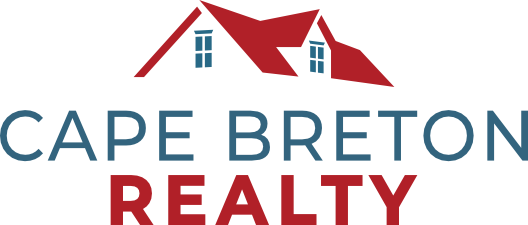By Sherry MacLeod
Managing Broker of Cape Breton Realty
This week, as we received our property assessments, my inbox and answering machine has been flooded with concerned friends and clients who have been with me for the past 30 years or so. I completely understand their concerns as property assessment notices arrive, especially when there are significant increases in property values, sometimes ranging from 41 to 55 percent. To provide clarity on this matter, let me explain how property values have changed in the past 2-3 years, as presented in the graph below. We will specifically focus on the Highland and Cape Breton regions and explore how property assessments work in Nova Scotia.
To understand how property assessments in Nova Scotia are determined, it is important to shed light on the major increases in assessments this year. Assessments are conducted periodically using a standardized process that takes into account various factors, such as area market trends, sale prices, and property use.
The graph highlights the percentage increases in average sale prices in the Highland region, which includes Antigonish, Guysborough, Richmond, and Inverness Counties. These figures reflect the trends and changes observed in property values over the past two or three years in these areas.
Similarly, the graph also showcases the percentage increases in average sale prices in the Cape Breton region, encompassing Cape Breton and Victoria Counties. These numbers provide valuable insights into the property value fluctuations within this specific geographical area.
The assessed values of properties are influenced by a range of market forces. Supply and demand dynamics, economic conditions, and regional trends all play a significant role in determining the fluctuations in property values. It is important to consider these factors when analyzing the changes reflected in the graph.
Other factors to be considered include location, size, condition, and comparable sales in the immediate area. Assessors use this information to arrive at the assessed value based on the prevailing market conditions at the time of assessment.
The assessed value represents an estimate of the property’s fair market value. It is important to note that property assessments do not necessarily reflect the current real estate market conditions but rather aim to provide a consistent basis for property tax calculations.
As property owners, it is essential to understand how property assessments work, particularly when faced with significant increases in property values. The graph provided offers valuable insights into the changes in average sale prices in the Highland and Cape Breton regions. By considering the market influences and factors involved in assessments, homeowners and Realtors alike can navigate the assessment process with a clearer understanding of their property’s value. It is advisable to consult with local tax authorities or real estate professionals for specific information and guidance related to property assessments in Nova Scotia.
Now, my understanding of the tax process is that each county creates a budget and, based on the need for tax dollars and the property assessments, sets the tax rate. Considering the increases in assessed values this year, we should expect the tax rate to actually reduce.
Instead of worrying about the assessed values of our properties, we need to pay attention to what the county council does with the budget used to set the tax rate.
Another factor that affects this is the cap rate. Although I won’t go into too much detail, as many properties have changed hands in the past two or three years, compared to pre-Covid numbers, counties are benefiting from the caps being removed for new owners. This results in a major increase in assessments used to determine tax rates as well.
In conclusion, it is important to watch for the budget in your county and the council’s decisions when setting tax rates. These are the major factors that determine the tax you will pay. Assessment is based on data, while tax rates are the key issues to consider.



